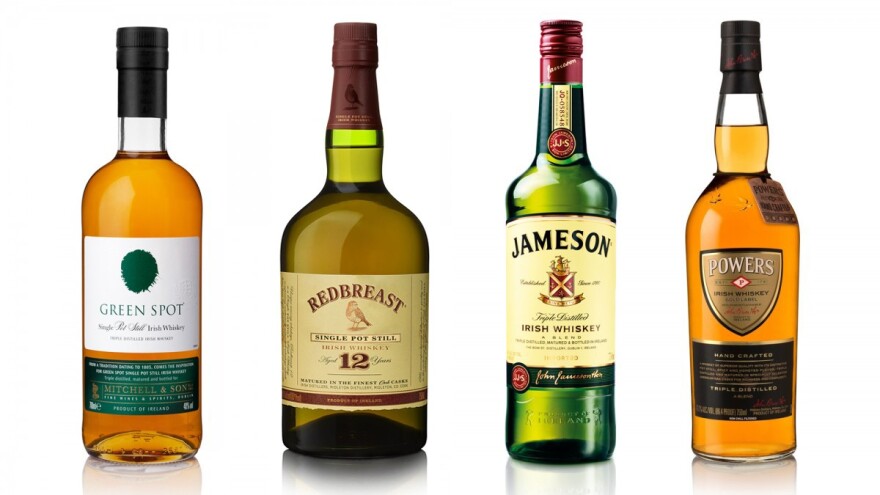Whether you are a whiskey novice or a real connoisseur there is no better moment than now to celebrate Scotland’s national drink—as the tourism folks have officially deemed May whiskey month
The term "whiskey" is evolved from the ancient Gaelic uisce beatha - meaning "water of life," and whiskey has been distilled in Scotland for hundreds of years and is an intrinsic part of Scottish life and culture. It’s believed to have been brought about by Christian monks who were notorious for guarding their distillation secrets. But the craft of whiskey distilling and maturing has since continually evolved and been refined as it’s been passed down proudly through the generations in Scotland.
Selecting a dram at times can be a bit confusing given the choices presented. Not only are there complex and intricate flavors to contend with, but there are varying types to choose from. These are commonly known as malt, grain, or blended whiskey. And Scotland also has five distinctive whiskey-producing regions: Speyside, the Highlands, Islay, Campbeltown, and The Lowlands. The same basic processes are used to produce the whiskey throughout all the regions, but subtle variations of grains, or the use of such things as peat for smoking or drying the grain, results in unique blends of characteristics, notes, and flavors.
Whiskey blending itself was pioneered by Andrew Usher in Edinburgh in the 1860s. And it was only after this practice became common that a taste for Scotch whiskey really spread throughout the world. Pot still single malt whiskey was inclined to be too strongly flavored for everyday drinking—especially by people with sedentary occupations and warmer climates. But combining malt whiskey with a quieter grain whiskey created a milder, more subtle spirit. Some blends of whiskey that are now household names include Dewar’s, Johnny Walker, and the famous Grouse. And today an estimated 36 bottles of whiskey are exported from Scotland every second.
One of the most enjoyable ways to learn more about nuances of the water of life is to visit some of the many Scottish distilleries or better yet take one of the fascinating whiskey trail tours. You not only get a behind the scenes look at the skill of making fine whiskey, but enjoy unique nosing and tasting sessions as well. So whether it be the Glenlivit 21 year old archive encompassing a fascinating blend of rich chocolate full malt citrus sherry and a light smoky note. Or an amazingly rich floral Laphroaig Single Malt featuring barley licorice and tricol fill up a wee dram and remember what the Holinshed's Chronicles of 1577 said about Scottish whiskey, “It’s slow with age, its strength in its youth, it help with digestion, it cutteth phlegm, it relishith the heart, it lightenith the mind, it quicken the spirits, and truly it is a sovereign liquor if it be orderly taken.
For Celtic Cultural Alliance, this is Kate Scuffle. Slainte.


